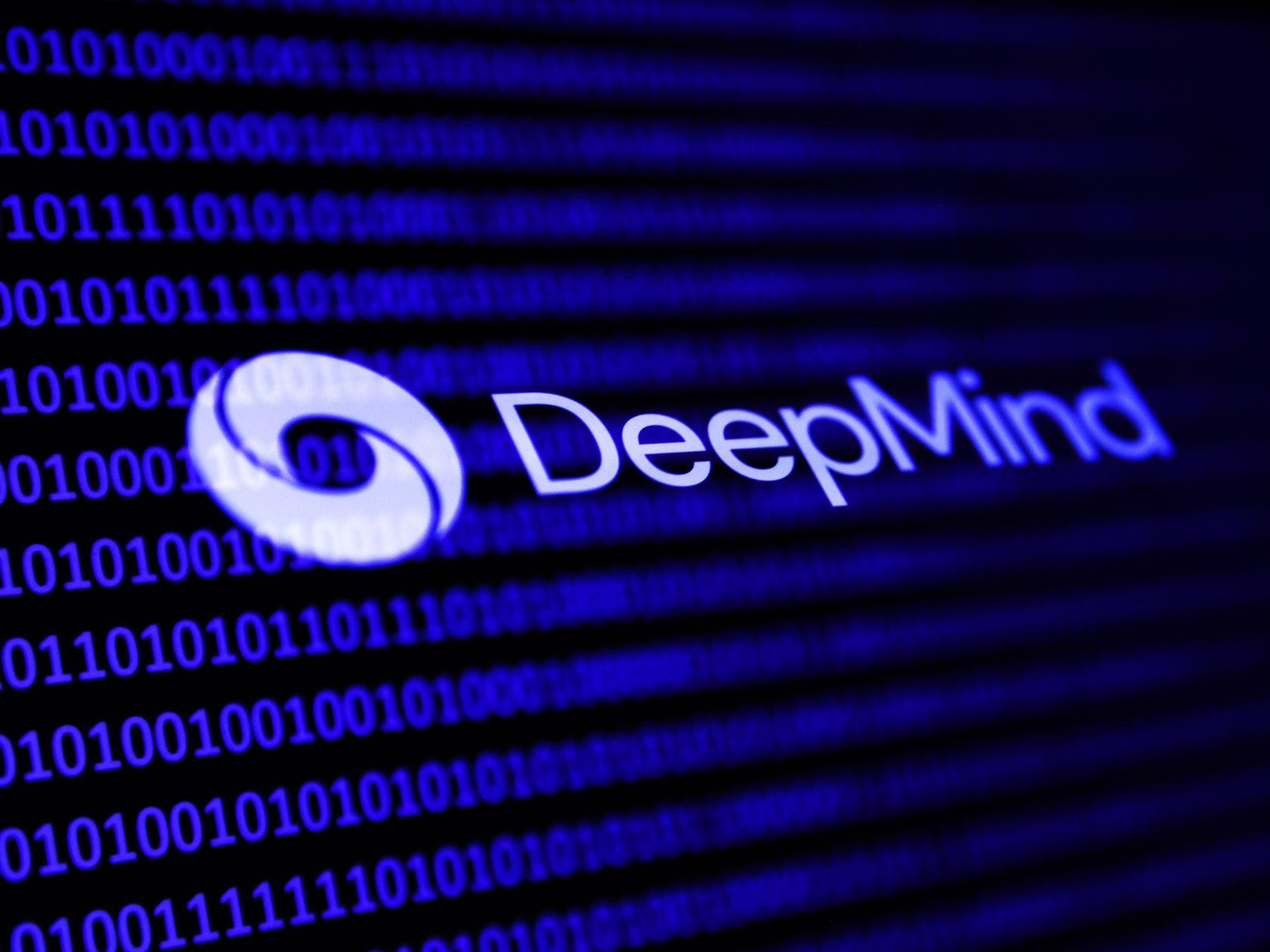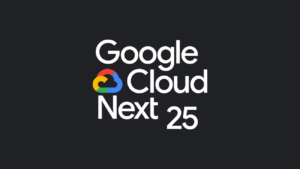Google DeepMind Unveils WebLI-100B: Expanding Vision-Language Pretraining to 100 Billion Examples for Enhanced Cultural Diversity and Multilingualism

Google DeepMind Unveils WebLI-100B: A New Frontier in Vision-Language Pretraining
In recent developments, Google DeepMind has introduced WebLI-100B, a groundbreaking model that scales vision-language pretraining to an impressive 100 billion examples. This innovative approach aims to enhance cultural diversity and multilingual understanding within artificial intelligence systems.
What is WebLI-100B?
WebLI-100B is a state-of-the-art AI model designed to bridge the gap between visual and textual information. By leveraging an extensive dataset of 100 billion examples, DeepMind’s latest creation showcases significant advancements in how machines interpret and understand content across various cultural contexts. This diverse dataset enables the model to learn from a wide array of visual and linguistic interactions.
Importance of Cultural Diversity and Multilingualism
Enhancing Cultural Context
- Cultural Sensitivity: AI models like WebLI-100B are crucial in developing systems that understand and respect diverse cultural backgrounds. This sensitivity aids in reducing bias and improving trust in AI outputs.
- Global Communication: With increasing globalization, having a multilingual AI that can accurately process languages and cultural nuances is essential for effective communication and engagement across different regions.
Supporting Multilingual Capabilities
- Language Understanding: Traditional language models often struggle with minority languages or dialects. WebLI-100B’s extensive training on various languages enhances its understanding of less-represented languages.
- Application in Daily Life: With multilingual capabilities, applications can cater to a broader audience, allowing users to interact with technology in their preferred language.
Key Features of WebLI-100B
- Extensive Dataset: The model’s training involved a staggering 100 billion examples, significantly more than its predecessors. This breadth enables the AI to tap into an unmatched variety of contexts and cultural perspectives.
- Robust Learning Mechanism: The learning algorithm behind WebLI-100B employs advanced techniques to ensure the system continuously improves, learning from new data inputs as they become available.
- Real-World Applications: This model can revolutionize numerous industries:
- Content Creation: Enhanced understanding of visual and textual integration aids in generating culturally relevant marketing materials.
- Education: Tools developed using WebLI-100B can provide tailored educational resources that reflect diverse cultural viewpoints.
Challenges and Considerations
Despite its groundbreaking features, the development of WebLI-100B presents several challenges:
- Data Privacy: As AI systems increasingly rely on large datasets, ensuring data privacy remains a pivotal concern. Organizations must navigate regulations and ethical considerations around data usage.
- Bias Mitigation: While the model aims for cultural sensitivity, there is still a need for rigorous testing to prevent the propagation of existing biases present in the training data.
- Resource Intensity: Training AI on such a massive scale requires significant computational resources, posing environmental and economic implications.
Future Implications
WebLI-100B represents a significant leap in the integration of language and vision understanding. As industries begin to adopt this technology, we can anticipate more inclusive AI systems that not only break language barriers but also enrich user interactions by honoring cultural diversity.
By continuing to push the boundaries of vision-language pretraining, Google DeepMind is setting a new standard in the AI landscape, fostering a future where technology is more aligned with human values and global diversity. With these advancements, the potential applications are vast, paving the way for more empathetic and intelligent systems in various sectors.






